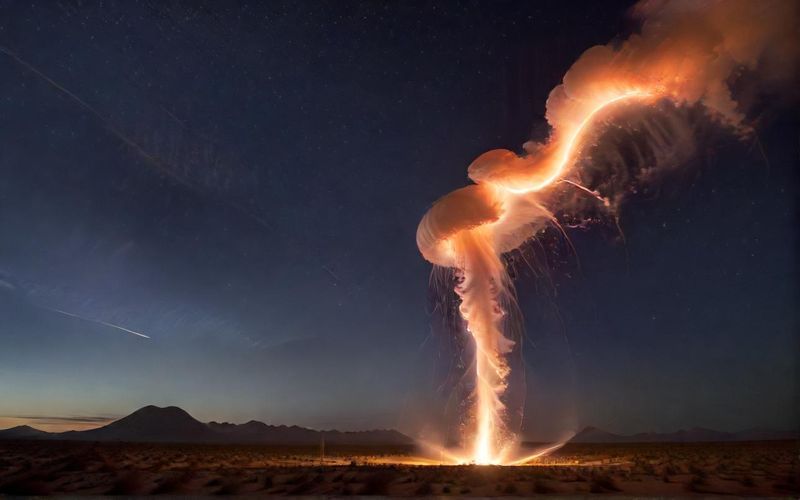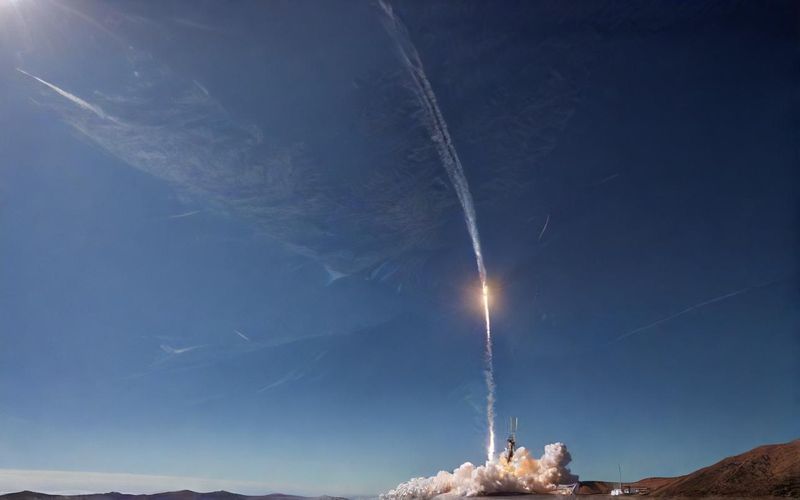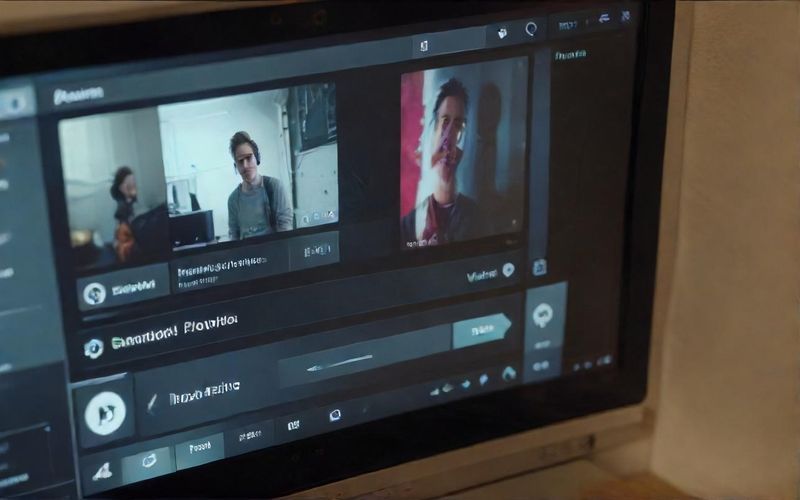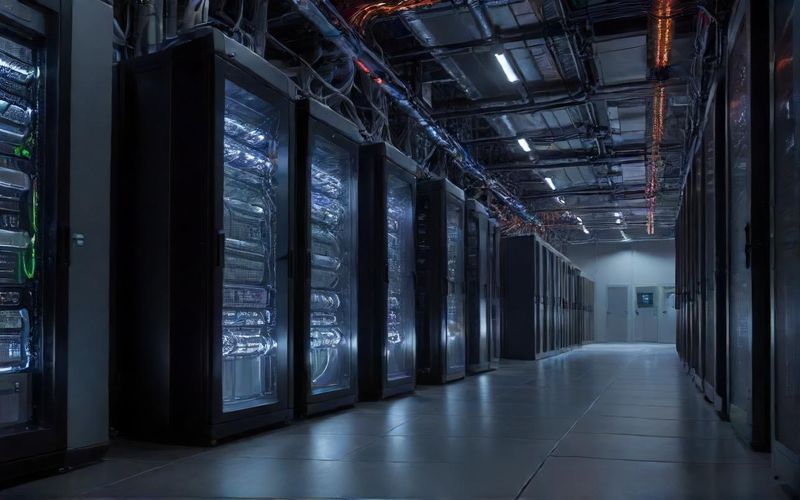Starlink Launch Paints Skies West with Fiery Glow

As reported by Space.com, this dazzling phenomenon was a result of a SpaceX Starlink launch. A Falcon 9 rocket, carrying 28 new satellites to join that ever-expanding internet constellation, ascended into the upper atmosphere. The timing of the launch, just as the sun was dipping below the horizon, created the perfect conditions. The setting sun illuminated the rocket's exhaust plume, causing it to expand and form what many are calling a "jellyfish" effect. It’s fascinating to think about how atmospheric conditions can transform something as technical as a rocket launch into such an ethereal display. One observer, camping in the Mojave Desert, described it as a "colorful streak of light" and a "surprising start to a night of dark sky stargazing." It’s these personal anecdotes that really bring these events to life for us, isn't it?
This isn't the first time we've seen these spectacular "jellyfish" launches, often associated with Starlink missions. Launches near dawn and dusk seem to be the magic formula, so if you live near a launchpad, it's definitely worth keeping an eye on the sky. It’s moments like these that blur the lines between science and art, turning technological progress into something quite beautiful.
Meanwhile, on a more geopolitical stage, the conversation around Starlink is also heating up. Reports from Italy suggest the country is weighing its options for future communication constellations. While they are involved in the European Union's IRIS² program, there's also an acknowledged offer from SpaceX to provide Starlink services. This highlights a common theme we're seeing globally: the tension between developing independent European capabilities and leveraging the readily available, and often more mature, technologies from the U.S. It’s a complex dance between national ambition and strategic necessity. As one source noted, when a country faces an urgent need, it turns to what's available, and right now, Starlink is a very visible and capable option.
It makes you wonder, as these constellations grow and our reliance on them increases, how will these international dialogues continue to shape our access to space-based internet and the future of global connectivity?









